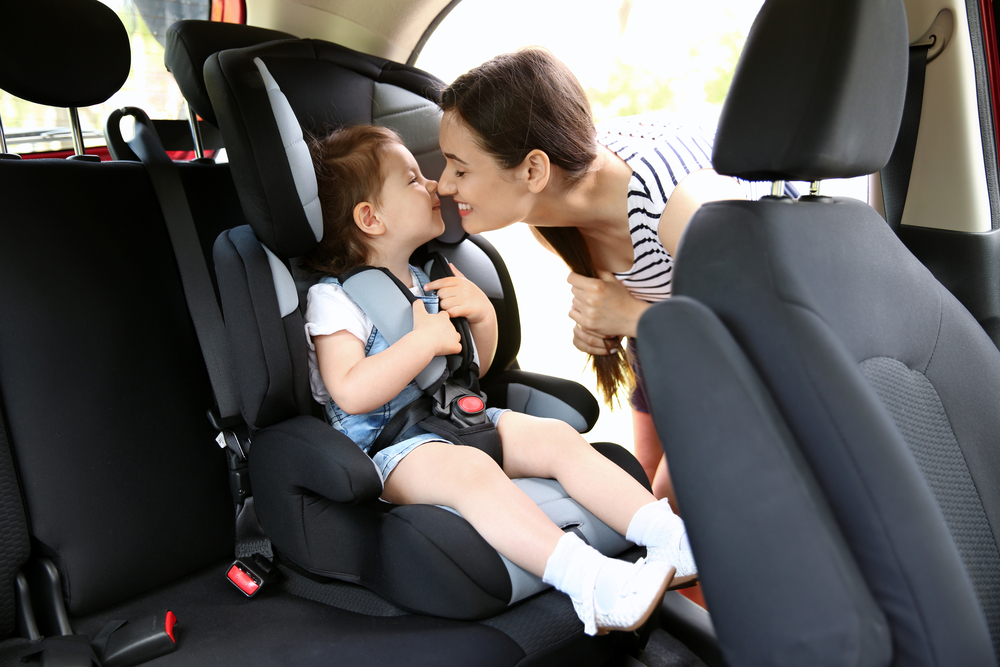 By Christophe Champs, expert in Biomechanics and founder of PODO Clinic
By Christophe Champs, expert in Biomechanics and founder of PODO Clinic
Shoes are not like children – we’re allowed to have favourites. But you need to be careful not to let fondness for your footwear get in the way of ensuring your feet are looked after. And not just your feet. Shoes are our body’s biggest support. We need them in their best shape to help keep us at our best. Every pair of shoes we wear needs to be in good condition. With older shoes, you need to be extra cautious. The risk you take walking in an out-of-shape pair of shoes is that those shoes mislead your foot, put your posture out of alignment and your gait out of balance. All this in turn can damage your body.
So, how often should shoes be replaced? That can depend on the category of shoe shopper you fall into – broadly, there are three: fast fashion followers; collectors; investors.
Despite all the negative considerations surrounding fast fashion, it can actually be a good concept when it comes to buying shoes– if it means you change your shoes regularly. The only problem is that we try not to spend too much money on a product we know will have a short lifespan, and manufacturers know this, so they adapt their production costs accordingly, dragging down the quality of your footwear. Light, soft and minimalistic shoes are the cheapest to produce and, therefore, the cheapest to buy. But, with the reduction in support for your feet, the risk of damage to your body is increased.
It’s a slightly different story with shoe collectors, as they alternate the shoes they wear; wearing each pair less increases their lifespan.
Investors tend to buy fewer shoes, pay more per pair, and keep them longer. Men are probably the ‘best’ at this but it’s not exclusive to them. These buyers try to look smarter by investing in a pair of shoes with either a great reputation, such as RM Williams’ Chelsea boots, or a top notch make, such as the Goodyear method which can be re-soled entirely without altering the shape of the upper of the shoe. Then these shoes are either saved for special occasions or worn all the time without really keeping an eye on their wear and tear, because ‘they are good shoes’.
Of course, this is a dangerous behaviour for our body health, because shoes are our body’s biggest support. We need them in their best shape to live our best life or, in fact, to live our life at our best – both pain-free and injury-free.
Usually when a pair of shoes becomes your favourite pair, or simply when they are one of those ‘classic / must have’ pairs, we tend to keep them for far too long.
And don’t be fooled by appearances. Even if the shoe treads look good, that doesn’t mean the cushion hasn’t gone. The shoes might look alright from above when you look down at your feet, but if you check them on a flat surface from behind, you will realise that this posture is what people see when they follow you walking down the street. Suddenly, your image in those perennially fashionable shoes is not that great anymore.
NEW SHOES
When buying new shoes, look out for these defects.
- Asymmetry around the heel counter (the support at the back of the heel of the shoe). This will negatively affect alignment, balance and posture.
- A sharp spur sticking out. This might simply hurt or, more seriously, harm the wearer, potentially being a source of infection and leading to an antalgic gait (aka a limp).
- Excess of glue. Beside the aesthetic issue, this weakens the shoe and leads to uneven wear and tear, significantly reducing the lifetime of your shoes.
OLD SHOES
Wear and tear is inevitable, but there’s no need to be concerned until a few critical points are reached.
Shoes or heel counter out of shape.
A foot that rolls inward as you move (overpronates) or supinates (rolls the other way) will show over time, on the shoe-heel, the toe box or on the whole shoe. This is unacceptable and a sign the shoes are damaging your body. Get rid of those shoes! Get rid of them even if you are having orthotics made, because a pair of orthotics placed in a pair of shoes which are out-of-shape and that mislead your foot will simply not work, will be uncomfortable and will wear out more quickly.
Tip: Use a wooden shoe tree
Heel has worn to a sloping edge on the outside.
As we are meant to walk ‘slightly duck-toed’, i.e., with feet pointing outwards with a 7-to-12-degree angle (Fick angle), it is completely normal that the back of your shoes’ soles appear bevelled on the outside corner of the heel. However, make sure you resole them once the first layer of the heel is worn. If you leave it too long this can affect your knees, increase any existing pronation and impact your joints all the way up.
Tip: Wear more than one pair of shoes in rotation, to give the material some rest.
Holes in the mesh.
This is acceptable as it won’t damage your body, but you must be okay with the look of it, not to mention the rain coming through.
A part of the shoe is missing.
This may be part of your laces or part of your shoe’s heel. Either way, it is not acceptable, but a simple visit to your local cobbler can usually replace the missing part.
A smooth tread (the part of the shoes that contacts the ground)
This is unacceptable, quite simply because it increases your risk of slipping and falling on wet floors, mud, loose gravel, etc.
Dirty or soaking wet.
Those won’t damage your body but, shoes are dirtier than a toilet seat. In 2020, a study led by researchers at the University of Arizona found nine different species of bacteria on the shoes of participants. Over the course of two weeks, researchers discovered 440,000 units of bacteria on a single pair of shoes. At any given time, millions of bacteria live in our shoes, along with fungi and moulds. Bacteria like E. coli are extremely common on the outside of the shoes.
So, you simply need to clean your shoes, but avoid using a washing machine or tumble dryer as said shoes could shrink or bend at high temperatures or the glue could unstick with the amount of water used.
Tips: (1) Stuff your wet shoes with newspaper to adsorb the water, drying them naturally around a decent shape. (2) Store them in a dry place.
Shoes that have become rigid due to sticking mud.
Cleaning your shoes after a muddy trail or hike is a bit like cleaning your barbecue immediately after use – easier to do and you’ll keep both for longer.
The materials used to make the upper of your shoes are supposed to give so that your feet feel comfortable and so the shoes can adapt to your foot shape and flex. The alternative is them becoming a source of inflammation, corns and / or blisters for the skin on your feet.
SUMMARY
Wearing worn-out shoes can be dangerous for your foot, ankle, knee, hip, back and neck health.
The list of signs in this article is not exhaustive but sum up what we see the most when dealing with foot health, posture and biomechanics at clinics like PODO.
Make sure shoes are supportive and in a good shape. Their padding and support are essential to protect your body. Spend plenty of time checking them in-store at the point of purchase. Then check them regularly on a flat surface and get rid of any pair that you associate with any form of body pain. Do consult a biomechanics professional if you have any concerns.
Finally, children’s shoes. When children are younger, they will go through shoes quickly just because they are growing, but do apply the same standards to their shoes that you should be applying to your own. Think about the type of footwear, the quality, and the number of pairs of shoes you buy. And keep an eye on wear and tear – remember, don’t be fooled by appearances.
ABOUT THE AUTHOR
Christophe Champs is an expert in Biomechanics, and the founder of PODO Clinic and Workshop. Christophe works with clients to help correct postural and biomechanical issues that are causing pain or putting a client at risk of injury. By testing both the moving gait and the still posture Christophe can correct misalignment and asymmetry through creating custom-made orthotics to suit the exact needs of each individual client.
Web: www.podo.london
Instagram: https://www.instagram.com/podo.london/
Facebook: https://www.facebook.com/podo.london/
Twitter: https://twitter.com/PodoLondon
YouTube: https://www.youtube.com/channel/UCss43g6-7mcNBwrRnf1zKlw
LinkedIn: https://www.linkedin.com/in/christophe-champs-podo/



